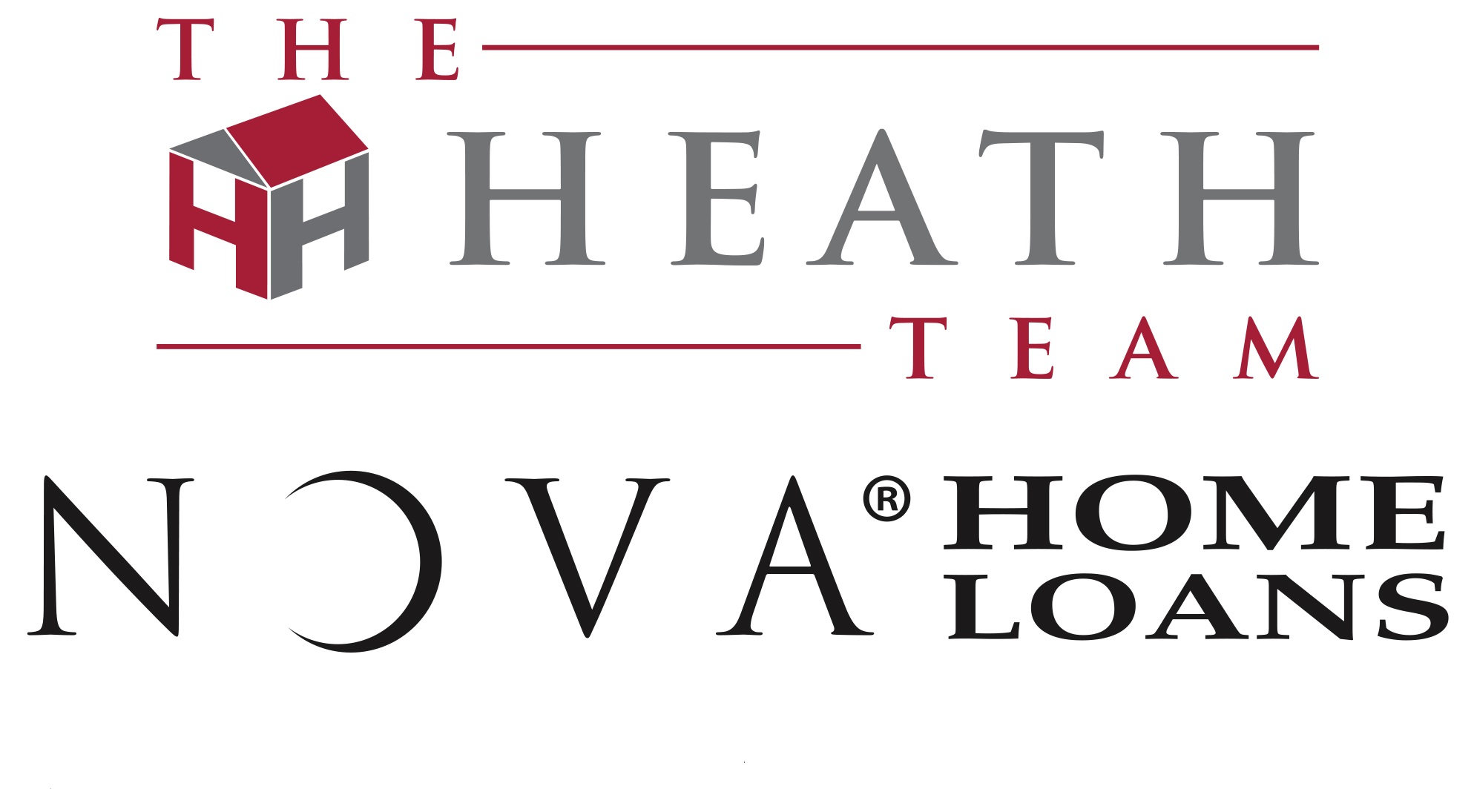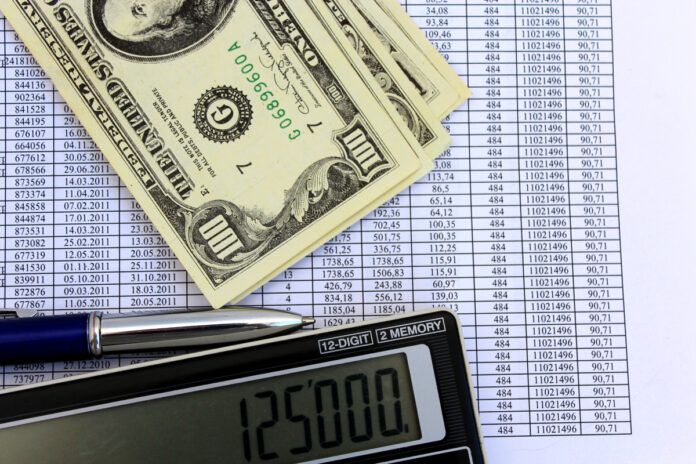Traditional lenders expected borrowers to pay at least 20% of the purchase price from their own funds. However, it’s become common for borrowers to put little or no money down if they qualify for mortgage insurance.
Down Payment
The amount of money the buyer is putting towards the purchase of the home is called a down payment. It is the difference between the purchase price and the loan amount. If a home is sold for $100,000 and the loan is $80,000 they buyer would be putting $20,000 down.
The amount of down payment will vary based on loan type, home type, purpose and mortgage insurance. A person buying a home as their primary residence is not typically required to put as much down as someone buying a home as an investment property.
Conventional, FHA, VA, USDA, and Jumbo loans each has its own requirements for down payment amounts. Down payments can come from the borrower’s own funds, an assistance program, gift from a family member, a retirement account, even another loan secured by an asset-like stocks or a vehicle. The down payment can never come from the seller, real estate agent, lender or an unsecured loan (like a credit card advance).
In addition to the down payment a borrower may have to pay closing costs, and inspections fees. It’s a great idea to have a conversation with your agent and your lender early in the process to know how much money will be needed to complete a purchase.






